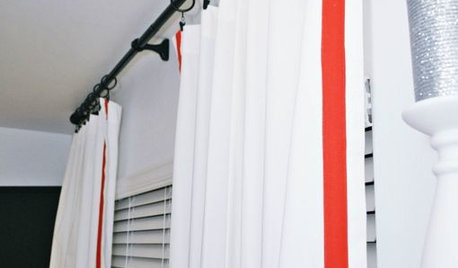Spray effectiveness vs time to rain ?
garedneck
12 years ago
Featured Answer
Sort by:Oldest
Comments (29)
Scott F Smith
12 years agolast modified: 9 years agoalan haigh
12 years agolast modified: 9 years agoRelated Professionals
Ballenger Creek Landscape Architects & Landscape Designers · Brentwood Landscape Architects & Landscape Designers · East Rancho Dominguez Landscape Architects & Landscape Designers · Kapaa Landscape Architects & Landscape Designers · Wheeling Landscape Architects & Landscape Designers · Brooklyn Center Landscape Architects & Landscape Designers · Americus Landscape Contractors · Florham Park Landscape Contractors · Mastic Beach Landscape Contractors · Monterey Landscape Contractors · Pompton Lakes Landscape Contractors · Tewksbury Landscape Contractors · Wallingford Landscape Contractors · Oxon Hill Landscape Contractors · Baileys Crossroads Landscape Contractorsalan haigh
12 years agolast modified: 9 years agoScott F Smith
12 years agolast modified: 9 years agogaredneck
12 years agolast modified: 9 years agoalan haigh
12 years agolast modified: 9 years agoolpea
12 years agolast modified: 9 years agoJim_9999
12 years agolast modified: 9 years agoalan haigh
12 years agolast modified: 9 years agoalan haigh
12 years agolast modified: 9 years agoScott F Smith
12 years agolast modified: 9 years agoolpea
12 years agolast modified: 9 years agoalan haigh
12 years agolast modified: 9 years agoalan haigh
12 years agolast modified: 9 years agoJim_9999
12 years agolast modified: 9 years agoJim_9999
12 years agolast modified: 9 years agoolpea
12 years agolast modified: 9 years agoalan haigh
12 years agolast modified: 9 years agoJim_9999
12 years agolast modified: 9 years agoScott F Smith
12 years agolast modified: 9 years agoalan haigh
12 years agolast modified: 9 years agoJim_9999
12 years agolast modified: 9 years agodethride
12 years agolast modified: 9 years agoalan haigh
12 years agolast modified: 9 years agoalan haigh
12 years agolast modified: 9 years agoPaul Person
8 years agolast modified: 8 years agoumaguma54
7 years agoHU-680408333
4 years ago
Related Stories

MATERIALSInsulation Basics: What to Know About Spray Foam
Learn what exactly spray foam is, the pros and cons of using it and why you shouldn’t mess around with installation
Full Story
HOUZZ TVHouzz TV: How to Install a Rain Barrel
This DIY tutorial shows how easy it can be to capture rainwater from your roof to use in your garden later
Full Story
HOUSEPLANTSGet a Dash of the Rain Forest With Madagascar Dragon Tree
This living decoration reaches up to 15 feet, has minimal needs and adapts to different light levels — just steer clear of fluoride
Full Story
HOUSEKEEPINGIt’s Time to Clean Your Gutters — Here’s How
Follow these steps to care for your gutters so they can continue to protect your house
Full Story
ARCHITECTUREGet a Perfectly Built Home the First Time Around
Yes, you can have a new build you’ll love right off the bat. Consider learning about yourself a bonus
Full Story
LANDSCAPE DESIGNIs It Time to Consider Fake Grass?
With more realistic-looking options than ever, synthetic turf can be a boon. Find the benefits and an installation how-to here
Full Story
SHOWERSGet Steamy in the Shower for Spa Time at Home
Learn the components of a steam shower to plan a safe and sturdy installation and a soothing bath experience
Full Story
LIFE12 Effective Strategies to Help You Sleep
End the nightmare of tossing and turning at bedtime with these tips for letting go and drifting off
Full Story
WINDOW TREATMENTSEmbellishing Tricks for Cost-Effective Custom Curtains
Get curtains that look high end — even if you don't sew — with just a little trim here or a little banding there
Full Story
BUDGET DECORATING8 Cost-Effective Ways to Get a High-End Look
Don’t discount that expensive material yet. By using a small amount in a strategic way, you can get a luxurious look without the expense
Full StoryMore Discussions







olpea